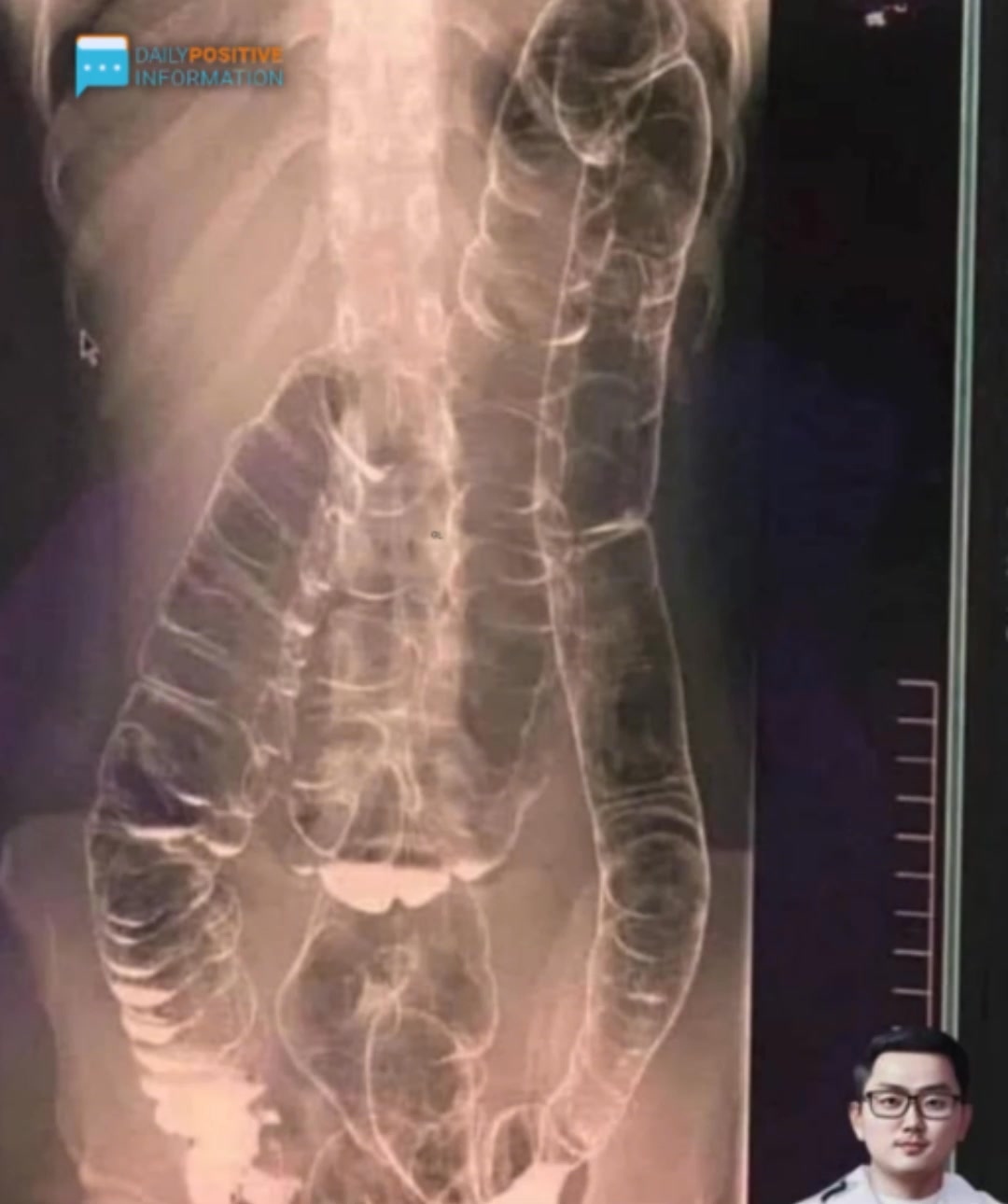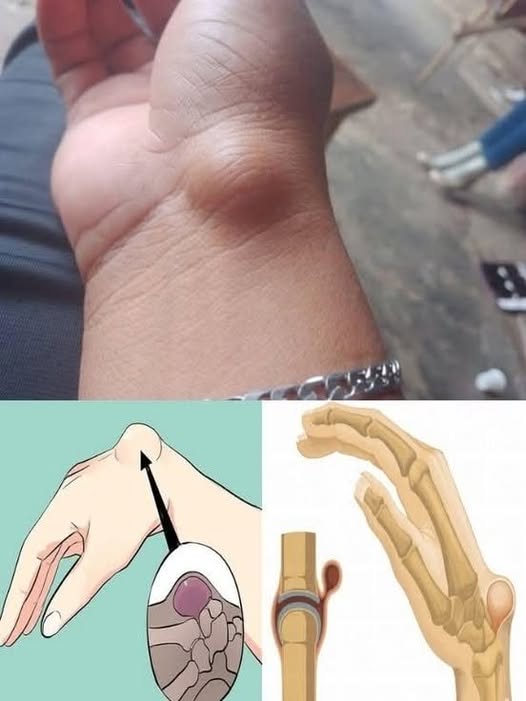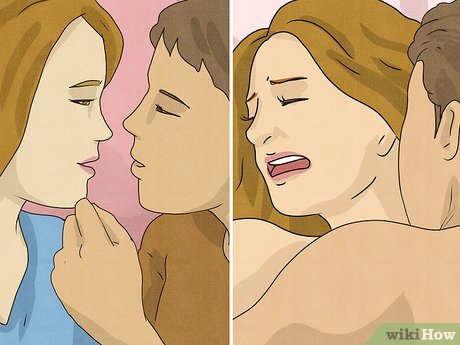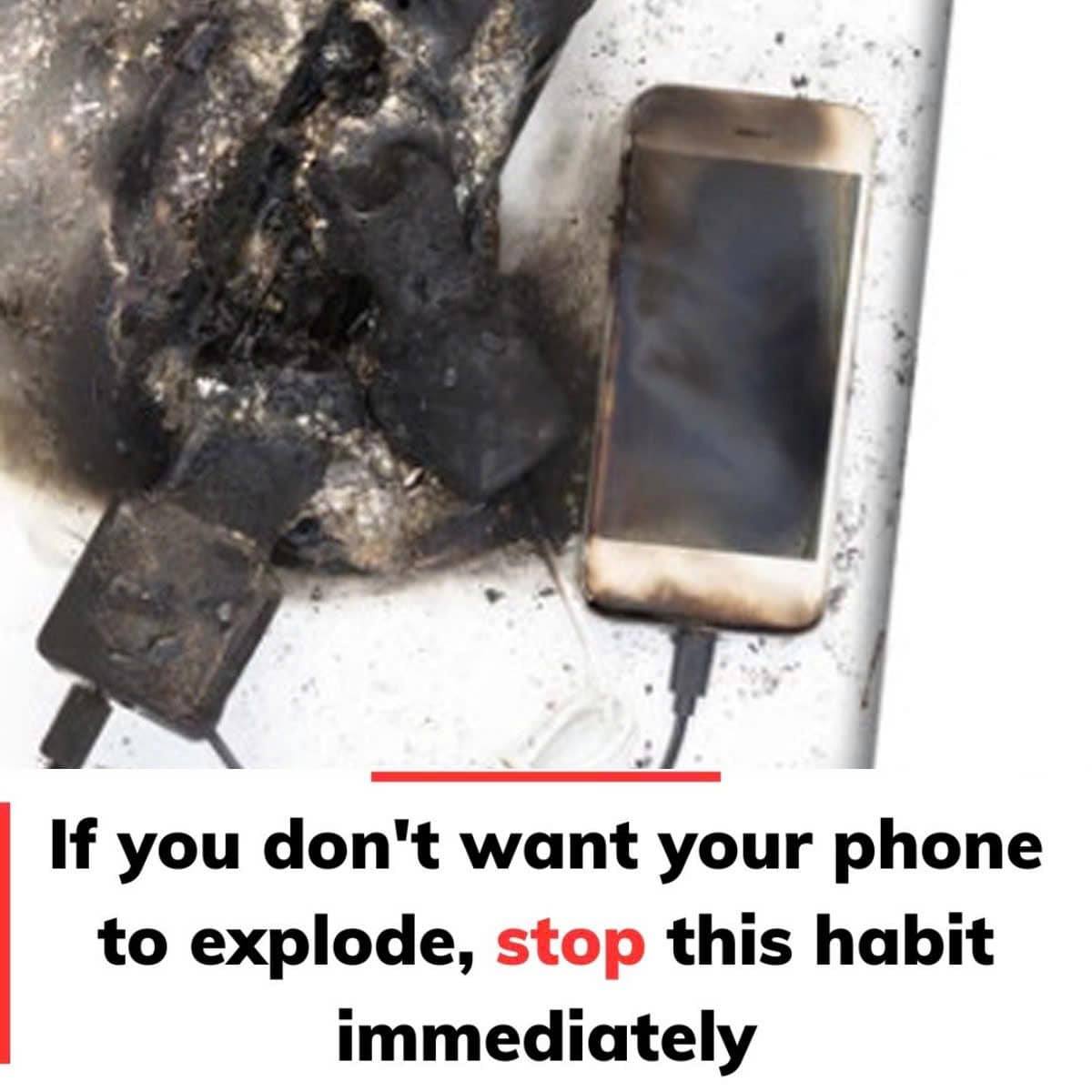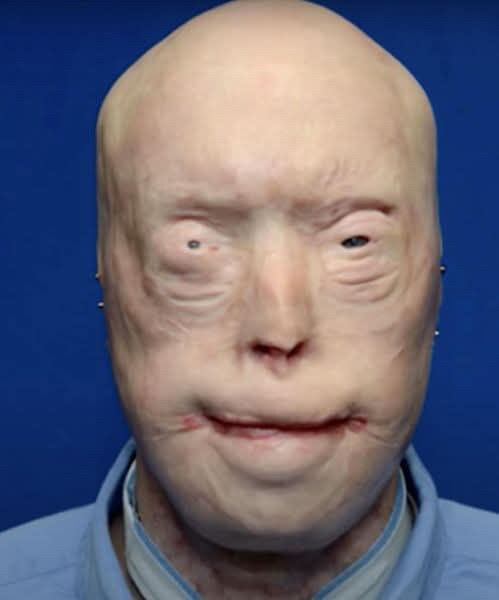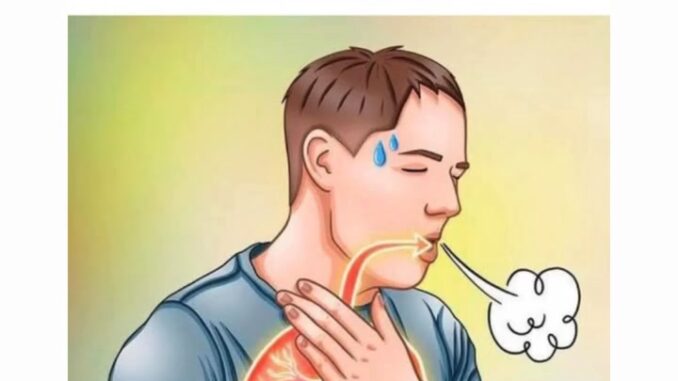
8 signs of low blood oxygen levels (hypoxemia):
1. Shortness of Breath (Dyspnea)
- One of the earliest and most noticeable signs of low blood oxygen is difficulty breathing.
- You may feel like you can’t take a deep breath or that you’re gasping for air, even while resting.
- This symptom can worsen with physical activity, stress, or at higher altitudes where oxygen levels are naturally lower.
- People with chronic lung conditions (e.g., asthma, COPD) may experience worsening episodes of breathlessness when oxygen levels drop too low.
2. Fatigue and Muscle Weakness
- Oxygen is essential for energy production. When levels are low, your body and muscles don’t get enough oxygenated blood, making you feel tired, sluggish, or physically weak.
- Even simple activities like walking, climbing stairs, or carrying objects may feel exhausting.
- You might experience a heaviness in your limbs or find it harder to stay active.
- Chronic fatigue from low oxygen levels can lead to poor endurance and reduced productivity.
3. Dizziness or Lightheadedness
- The brain needs a constant supply of oxygen to function properly.
- When oxygen levels drop, you may feel lightheaded, unsteady, or like you’re going to faint.
- This symptom often occurs when:
- Standing up too quickly (postural hypotension)
- Moving from a sitting to a standing position
- Engaging in light physical activity
- In severe cases, dizziness can lead to actual fainting (syncope), which can be dangerous.
4. Morning Headaches
- Low oxygen levels during sleep can cause carbon dioxide (CO2) buildup, leading to morning headaches.
- These headaches are often described as a dull, throbbing pain around the temples or forehead.
- This is common in people with:
- Sleep apnea (a condition where breathing repeatedly stops during sleep)
- Chronic lung diseases like COPD or pulmonary fibrosis
- High-altitude exposure, where oxygen is naturally lower
- If you frequently wake up with headaches, monitor your oxygen levels during sleep and consult a doctor.
5. Rapid Heartbeat (Tachycardia) or Irregular Heart Rhythm
- When oxygen levels drop, the heart has to work harder and faster to pump oxygen-rich blood to the body.
- This can lead to:
- A noticeably fast pulse (tachycardia), even at rest
- Heart palpitations, where you feel your heart pounding or fluttering
- Irregular heartbeats (arrhythmia), which can increase the risk of complications like strokes or heart attacks
- If you notice a persistently fast or irregular heartbeat, seek medical attention, especially if accompanied by chest pain or dizziness.
6. Bluish or Pale Skin (Cyanosis)
- When oxygen levels drop significantly, your skin, lips, or fingertips may turn pale, bluish, or grayish.
- This condition is called cyanosis and is a serious warning sign of dangerously low oxygen levels.
- Cyanosis is most noticeable in:
- Lips and tongue (turning a bluish-purple color)
- Fingertips or nails (looking pale or blue)
- Earlobes or the tip of the nose
- This symptom requires immediate medical attention, as it indicates that tissues are not receiving enough oxygen to function properly.
7. Difficulty Concentrating or Confusion
- Oxygen is crucial for brain function. When oxygen levels drop, the brain struggles to function properly, leading to:
- Brain fog (difficulty thinking clearly)
- Memory problems or forgetfulness
- Slower reaction times
- Disorientation or confusion, especially in severe cases
- Some people may feel unusually irritable, anxious, or have trouble following conversations.
- If low oxygen levels persist, severe confusion can lead to loss of consciousness or a coma in extreme cases.
8. Chest Pain or Discomfort
- When oxygen levels drop, the heart and lungs struggle to function, leading to chest pain, tightness, or discomfort.
- This symptom may feel like:
- A heavy pressure on the chest
- A burning or squeezing sensation
- Sharp or stabbing pain, especially when breathing deeply
- Chest pain due to low oxygen levels can be a sign of:
- Heart problems (e.g., angina, heart attack)
- Lung diseases (e.g., pneumonia, pulmonary embolism)
- Severe hypoxemia, which requires immediate treatment
- If you experience chest pain, especially along with dizziness, shortness of breath, or cyanosis, seek emergency medical care immediately.
When to Seek Medical Help
If you experience multiple symptoms from this list, especially:
- Severe shortness of breath
- Bluish skin, lips, or fingertips
- Confusion, dizziness, or loss of consciousness
- Chest pain or irregular heartbeat
Seek medical attention immediately! Low oxygen levels can be life-threatening if left untreated.
